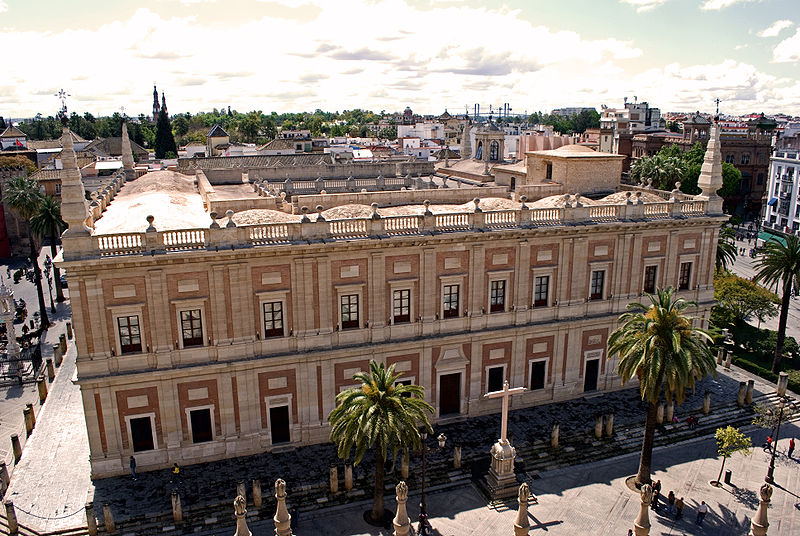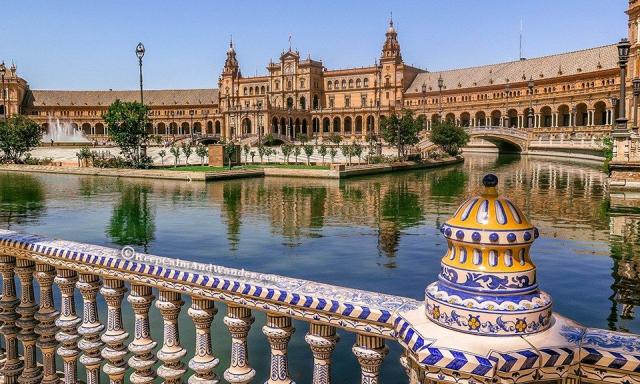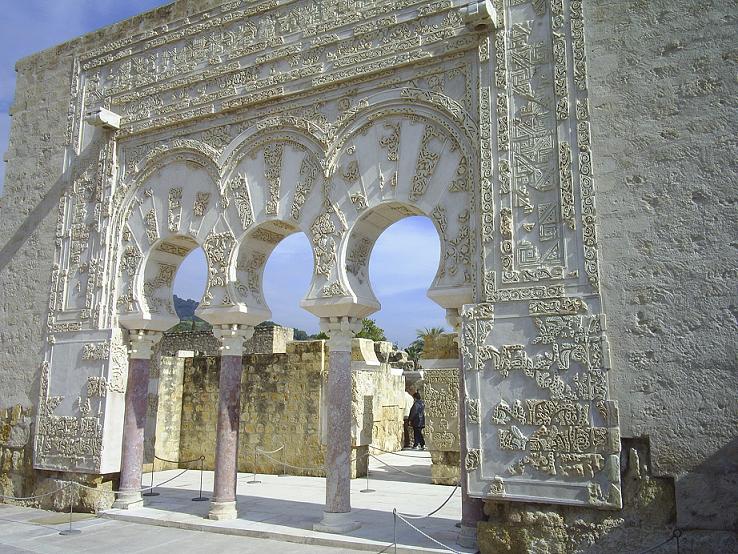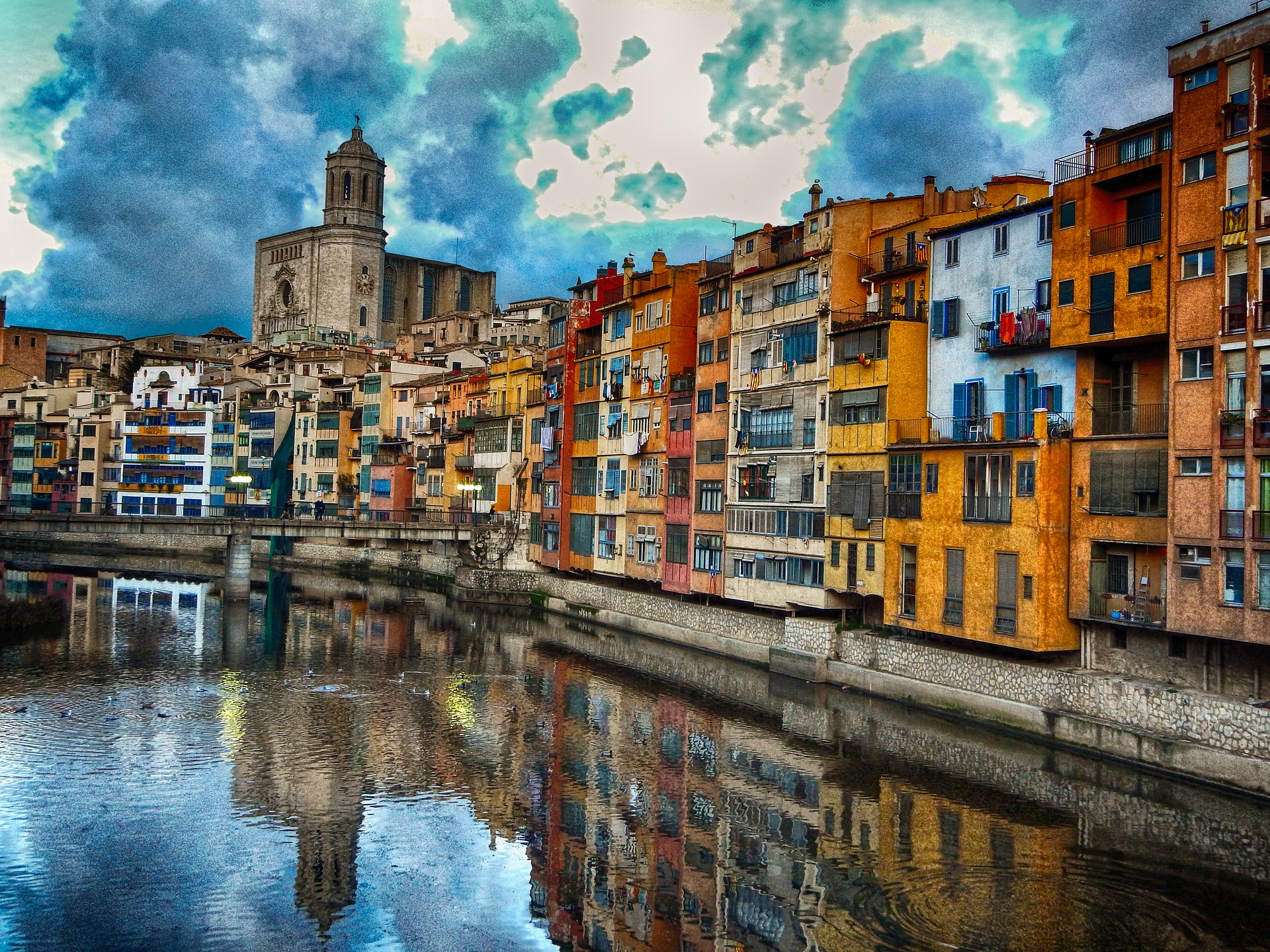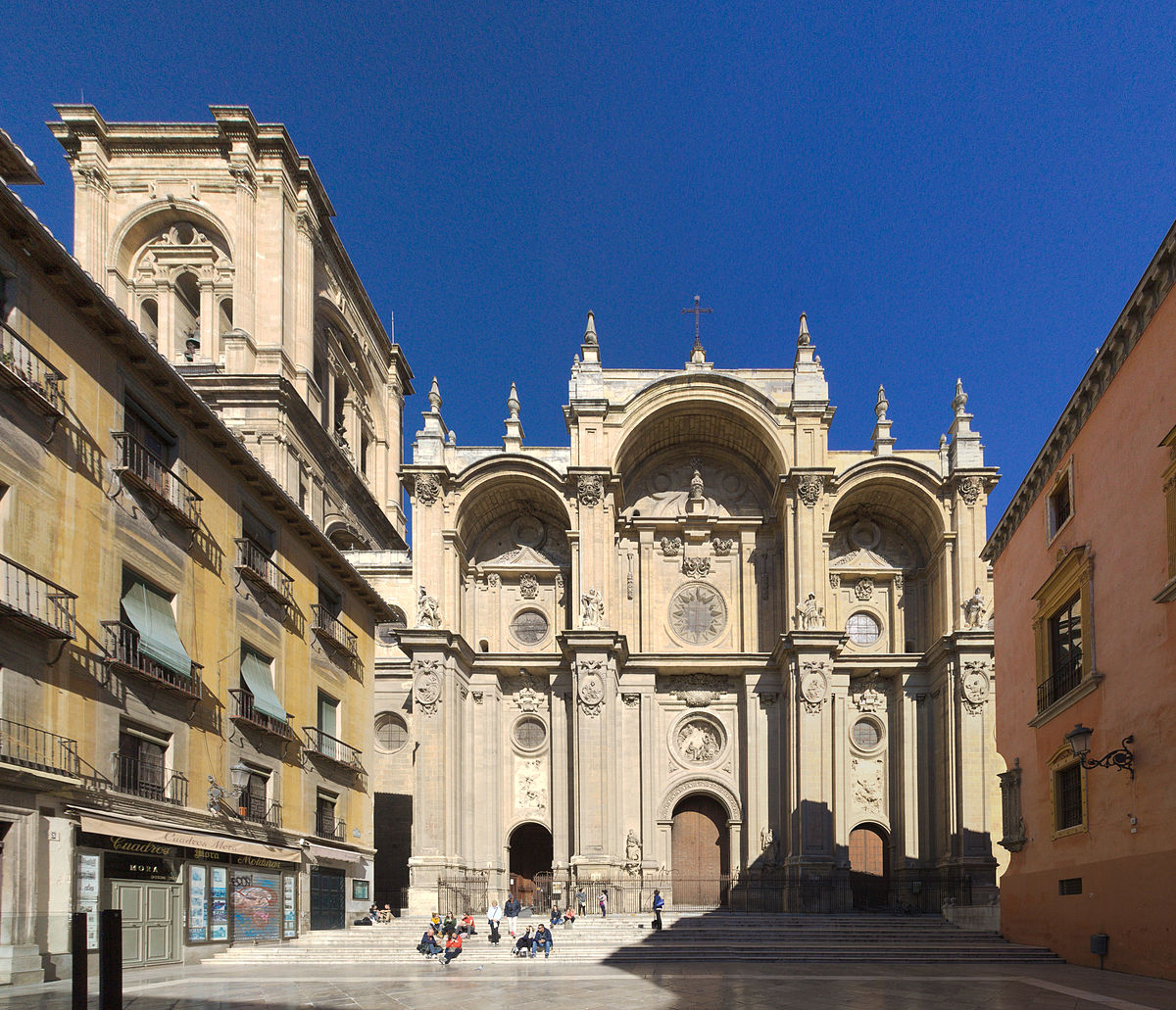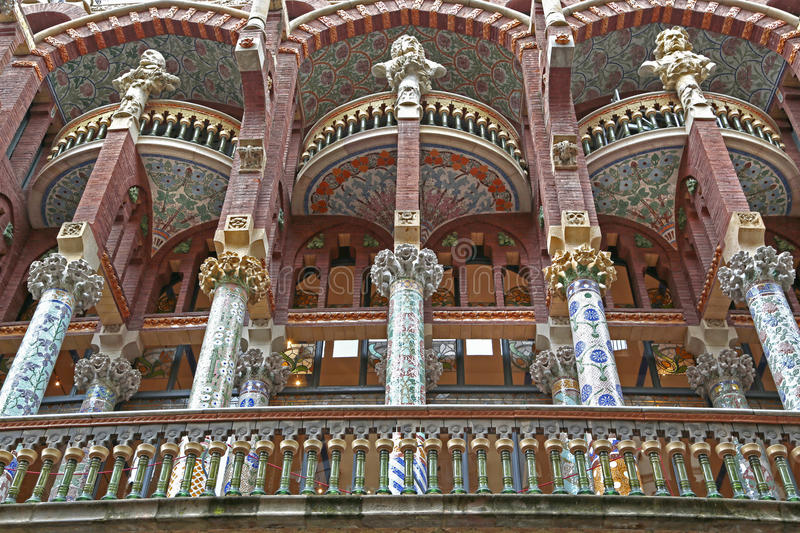The General Archive of the Indies of Sevilla
The General Archive of the Indies of Sevilla is one of the emblematic buildings of the city, a reminder of its glorious past as a gateway to trade with the Indies and today an absolute reference in the study of the Spanish presence in America.
The Merchants of America, in the 16th century, used the steps of the Cathedral for their transactions. The Cathedral Chapter, to avoid the excesses committed by merchants, who sometimes used the temple for their business, installed chains and surveillance in the vicinity of the Cathedral.
King Felipe II decided in 1584 to build a building to house the Lonja, which would take place on the same avenue, next to the Cathedral.
It would also be the headquarters of the Casa de Contratación, from 1598, which was in the Alcázar, until its transfer to Cádiz in 1717.
The Indies Archive of Sevilla was created in 1785 by the hand of King Carlos III, with the aim of centralizing in a single place the documentation referring to the administration of the Spanish colonies until then dispersed in various archives: Simancas, Cádiz and Sevilla.
Since then and in different remittances, the funds of the main institutions related to the Indies have been incorporated until the archive becomes the main documentary deposit for the study of the Spanish administration in the New World and the Philippines.
It is the largest existing archive on the activity of Spain in America and the Philippines, containing information on the history and geography of those territories.
The Archive keeps a large number of pieces of incalculable historical value: autograph texts of Cristóbal Colón, Fernando de Magallanes, Vasco Núñez de Balboa, Hernán Cortés or Francisco Pizarro.
Currently the Archive is one of the general archives (together with the Crown of Aragon and Simancas) belonging to the Spanish State.
In 1987 it was declared a World Heritage Site by UNESCO along with the Cathedral, the Giralda and the Reales Alcázares de Sevilla

